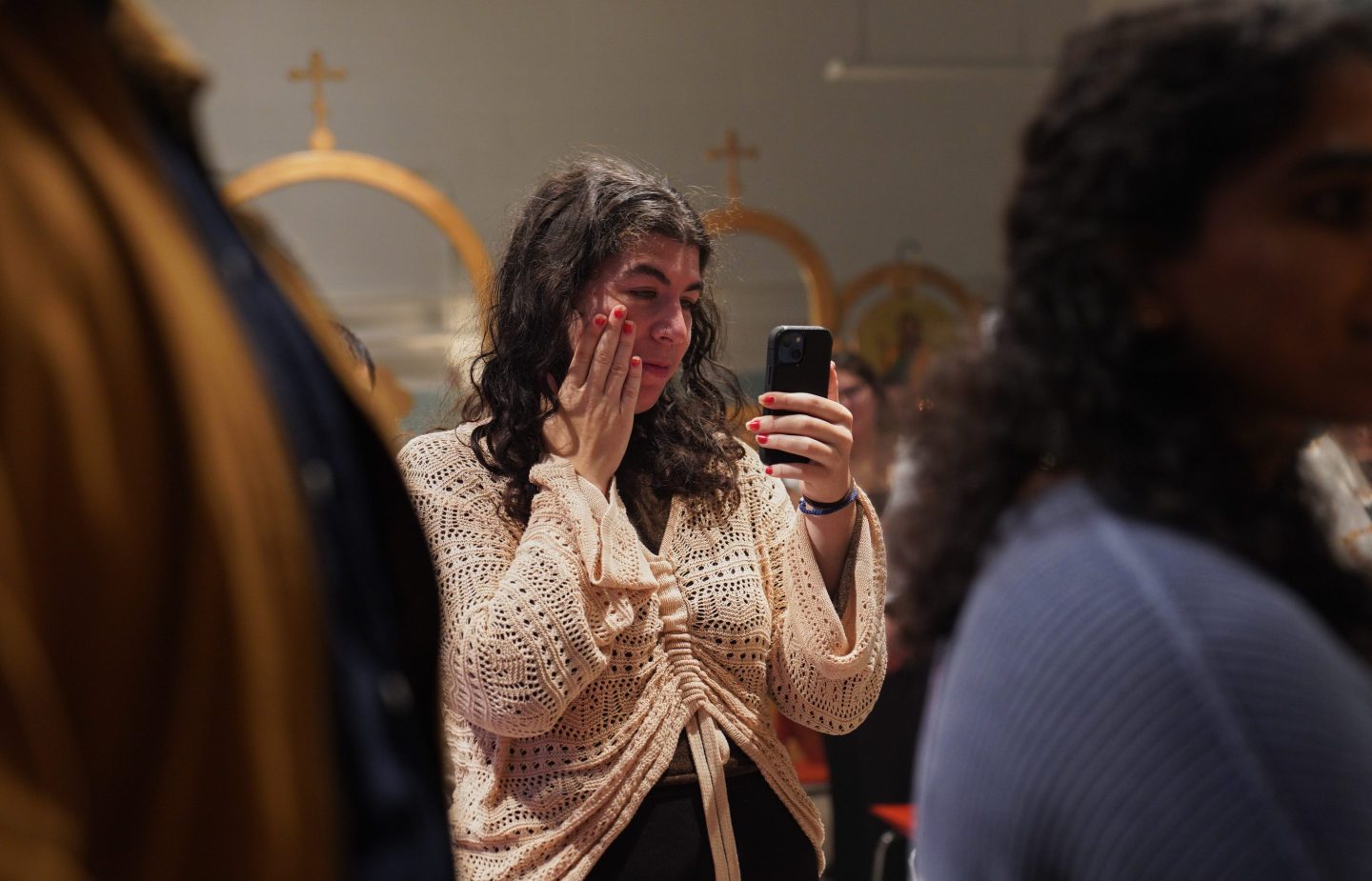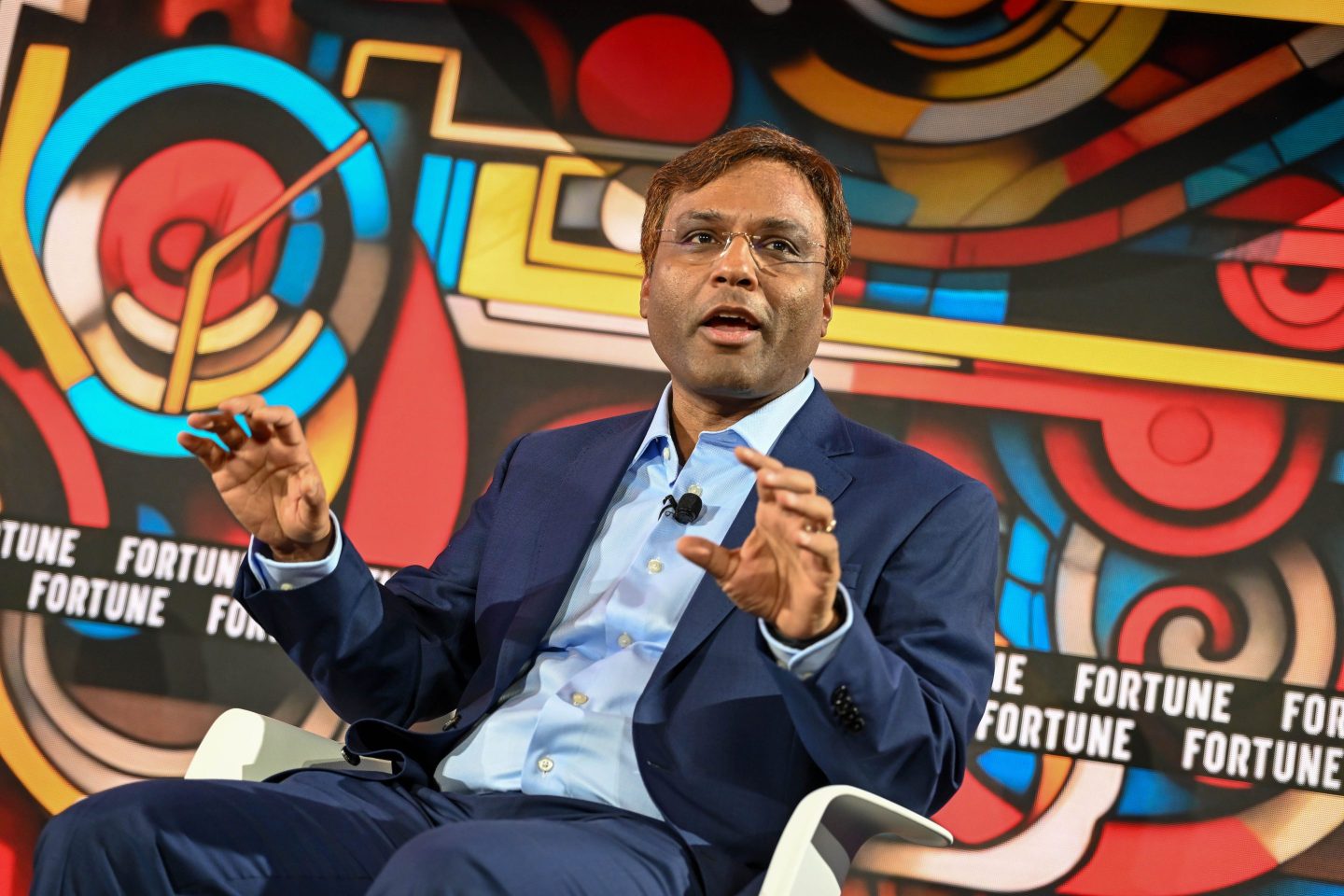It’s fun to be rich. And apparently healthy too.
The richest Americans live more than a decade longer than the poorest, and the gap is widening, according to research published Sunday by the Journal of the American Medical Association.
The gap in life expectancy between the richest 1% and the poorest 1% was more than 14 years for men and over 10 years for women, the research showed. And between 2001 and 2014, while life expectancy increased by more than two years for people in America’s richest 5%, it barely budged for those in the poorest 5%.
According to the study, a typical 40-year-old man in the top 1% should life to the ripe age of 87 (87.3, to be exact), while his mirror image in the poorest 1% could expect to die a few months short of 73. For women, the top 1%/bottom 1% life expectancies were 88.9 years and 78.8 years.
Life expectancy is a lot like real estate, it seems: It’s all about location, location, location. The poorest 5% of 40-year-old men have a life expectancy of 72.3 in Detroit and 78.6 in New York. Nevada, Indiana, and Oklahoma had the lowest life expectancies for people in the bottom quartile (Don’t be poor in Gary, Ind. or Las Vegas), while California had the highest. Why? The study points to health issues like smoking, obesity, and exercise (or lack thereof), not issues with access to medical care, physical environmental factors, or labor market conditions.
The differences in life expectancy for the rich didn’t vary nearly as much across the country, the research showed.
To get to their conclusions, the authors of the report—economists at Stanford, MIT, Harvard, McKinsey, and the U.S. Treasury—crunched numbers from 1.4 billion de-identified tax records from 1999 to 2014, as well as Social Security Administration death records, Bloomberg reported.












